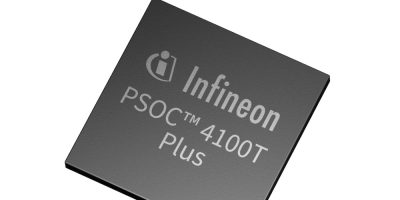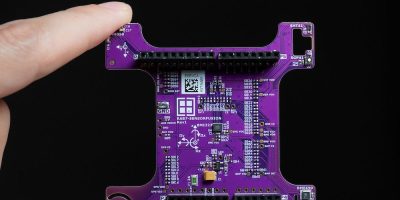ST has revealed an inertial measurement unit that combines sensors tuned for activity tracking and high-g impact measurement in a single, space-saving package. Devices equipped with this module can allow applications to fully reconstruct any event with high accuracy and so provide more features and superior user experiences. Now that it’s here, markets can expect powerful new capabilities to emerge in mobiles, wearables, and consumer medical products, as well as equipment for smart homes, smart industry, and smart driving.
The new LSM6DSV320X sensor is an industry first in a regular-sized module (3mm x 2.5mm) with embedded AI processing and continuous registration of movements and impacts. Leveraging ST’s sustained investment in micro-electromechanical systems (MEMS) design, the innovative dual-accelerometer device ensures high accuracy for activity tracking up to 16g and impact detection up to 320g.
The LSM6DSV320X extends the family of sensors that contain ST’s machine-learning core (MLC), the embedded AI processor that handles inference directly in the sensor to lower system power consumption and enhance application performance. It features two accelerometers, designed for coexistence and optimal performance using advanced techniques unique to ST. One of these accelerometers is optimised for best resolution in activity tracking, with maximum range of ±16g, while the other can measure up to ±320g to quantify severe shocks such as collisions or high-impact events.
By covering an extremely wide sensing range with uncompromised accuracy throughout, all in one tiny device, ST’s new AI MEMS sensor will let consumer and IoT devices provide even more features while retaining a stylish or wearable form factor. An activity tracker can provide performance monitoring within normal ranges, as well as measuring high impacts for safety in contact sports, adding value for consumers and professional/semi-pro athletes. Other consumer-market opportunities include gaming controllers, enhancing the user’s experience by detecting rapid movements and impacts, as well as smart tags for attaching to items and recording movement, vibrations, and shocks to ensure their safety, security, and integrity.
With its wide acceleration measurement range, ST’s sensor will also enable new generations of smart devices for sectors such as consumer healthcare and industrial safety. Potential applications include personal protection devices for workers in hazardous environments, assessing the severity of falls or impacts. Other uses include equipment for accurately assessing the health of structures such as buildings and bridges.
The sensor’s high integration simplifies product design and manufacture, enabling advanced monitors to enter their target markets. Designers can create slim, lightweight form factors that are easy to wear or attach to equipment.






